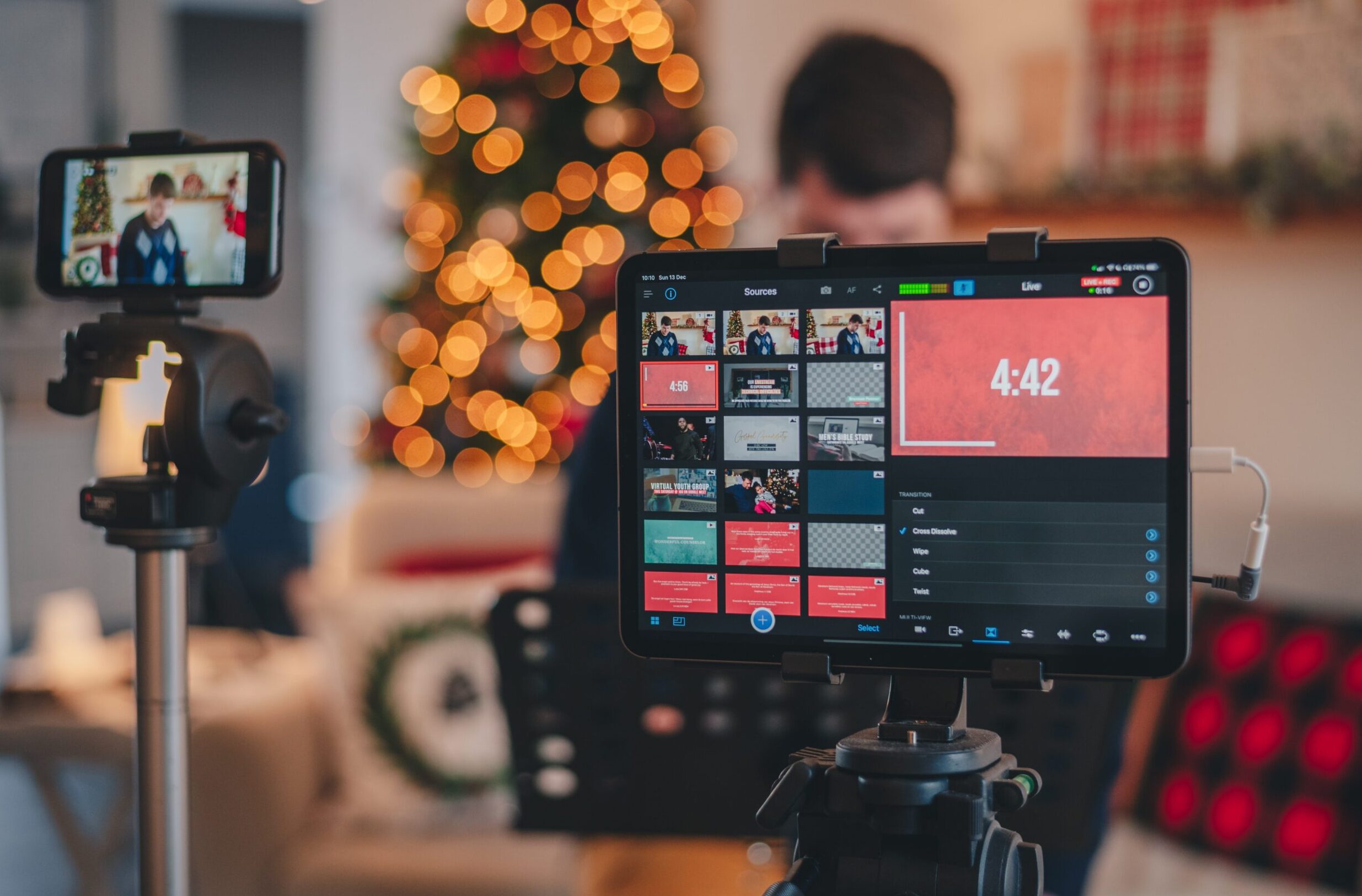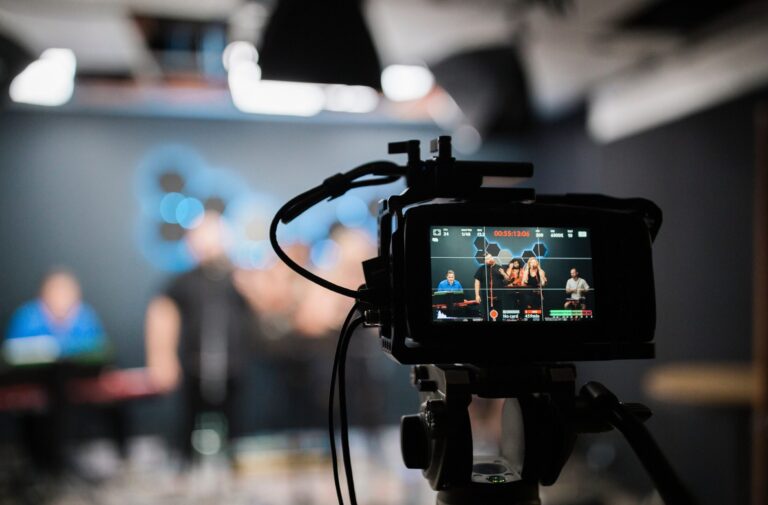Discussing the future of virtual concerts and live streaming in a post-pandemic world
As the world went into lockdown due to the COVID-19 pandemic, virtual concerts and live streaming emerged as a savior for music lovers. From intimate living room performances to full-blown arena shows, artists started performing online, providing fans with a way to enjoy their favorite music from the safety of their homes. But what about now? As things slowly start going back to normal, will virtual concerts still have a place in our lives? In this blog post, we’ll explore the future of virtual concerts and live streaming in a post-pandemic world.
The current state of virtual concerts and live streaming
The COVID-19 pandemic has forced the music industry to adapt and find new ways to connect with audiences. Virtual concerts and live streaming have become increasingly popular as a way for musicians to perform and engage with fans, while still adhering to social distancing guidelines.
Many artists have embraced virtual concerts as a way to reach wider audiences beyond their local areas. This has allowed them to connect with fans from all over the world in real-time, breaking down geographical barriers that may have existed before.
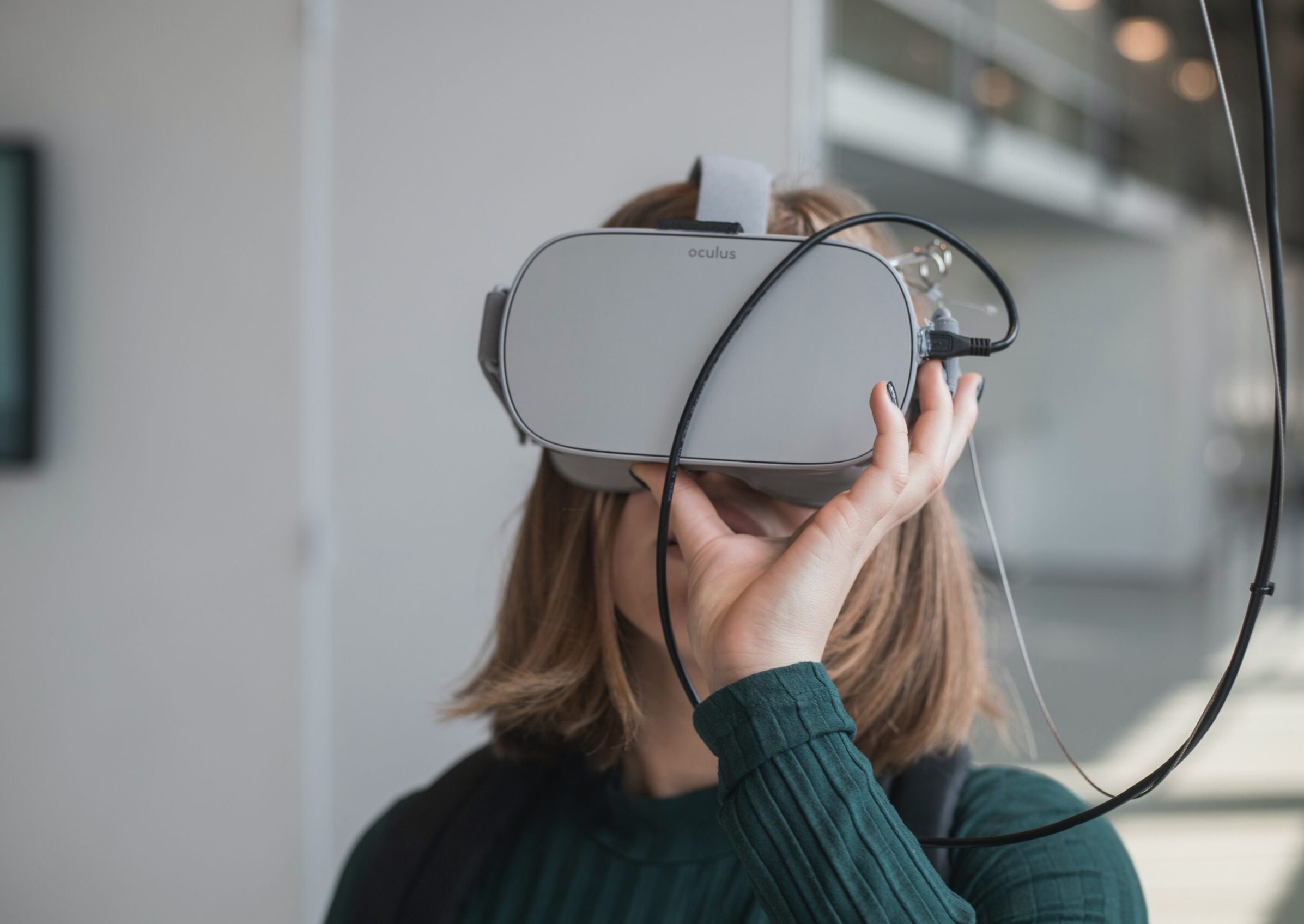
Platforms like YouTube, Twitch, and Instagram Live have enabled musicians of all genres and sizes to host virtual shows easily. Some platforms even provide monetization options for performers through ticket sales or donations from viewers.
However, despite its popularity, virtual concerts do not fully replace the feeling of being at an actual concert. The lack of physical interaction between artists and fans can lead to less emotional connection during performances. Technical difficulties can also affect the overall experience.
Virtual concerts are likely here to stay even after the pandemic subsides. They offer many benefits for both artists and fans alike but will never completely replace the unique energy of in-person performances.
The future of virtual concerts and live streaming
The future of virtual concerts and live streaming is bright. Even when the pandemic subsides, it’s clear that this mode of entertainment will continue to thrive. With its potential for a wider audience reach and convenience factor, virtual concerts can provide an exceptional experience for music lovers around the globe.

Innovative technologies like augmented reality (AR) and virtual reality (VR) are already being integrated into virtual concert experiences. This trend is set to continue, with more interactive elements likely to be incorporated into these events in the coming years.
There’s also reason to believe that musicians will embrace virtual concerts as a way to promote new music or albums. As digital marketing channels become increasingly important, artists may see online performances as a valuable tool in building their brand awareness and engaging with fans.
However, there are some challenges on the horizon too. The issue of ticket pricing needs careful consideration – while some events may be free or low-cost, others could end up being even more expensive than traditional live shows due to added production costs.
Despite these hurdles though, it seems clear that we’re only just starting to scratch the surface of what’s possible within this exciting new realm of entertainment.
The benefits of virtual concerts and live streaming
Virtual concerts and live streaming have become increasingly popular in recent times, especially due to the limitations posed by the pandemic. However, beyond providing a solution to physical restrictions, there are several other benefits that virtual concerts offer.
Firstly, virtual concerts allow for greater accessibility to music and performances. With virtual concerts, people from anywhere in the world can tune in without having to worry about travel costs or logistics. This opens up opportunities for artists to reach wider audiences and connect with fans they may not have been able to before.
Secondly, virtual concerts offer a unique viewing experience that is different from traditional live performances. Through innovative technology and creative approaches such as interactive elements or 360-degree views of the stage, viewers can feel more immersed in the performance than ever before.
Thirdly, virtual concerts provide flexibility both for performers and audiences alike. Without having to rely on specific dates or venues being available beforehand; artists can host shows at their convenience while fans could watch them anytime they like afterward through video-on-demand options.
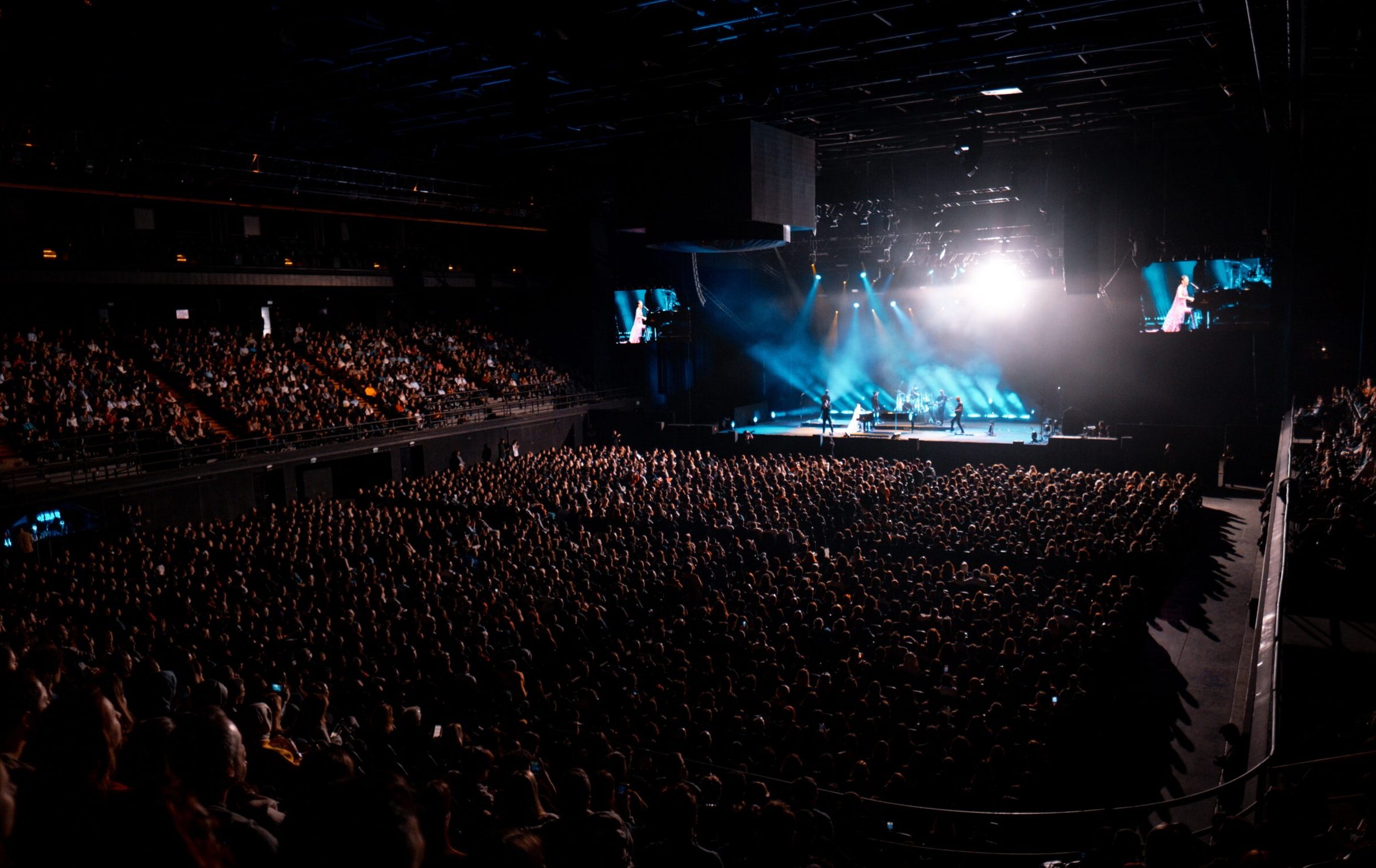
Lastly but not least important point is affordability.
Virtual Concerts often come at lower ticket prices compared with traditional live events which makes it possible for people who might be unable see their favorite artist normally perform due financial reasons ,to attend virtually
Overall,virtual concerts bring many advantages both for performing musicians/artistes and music lovers around the globe – making this digital medium something worth exploring even beyond pandemic times!
The challenges of virtual concerts and live streaming
Virtual concerts and live streaming have become increasingly popular in the past year due to the pandemic. However, this type of entertainment comes with its own set of challenges. One major challenge is the lack of interaction between performers and their audience.
Performers rely on feedback from their audience to gauge whether or not they are delivering a good performance. With virtual concerts, there is no way for them to see or hear their audience’s reactions, which can be discouraging for some artists.
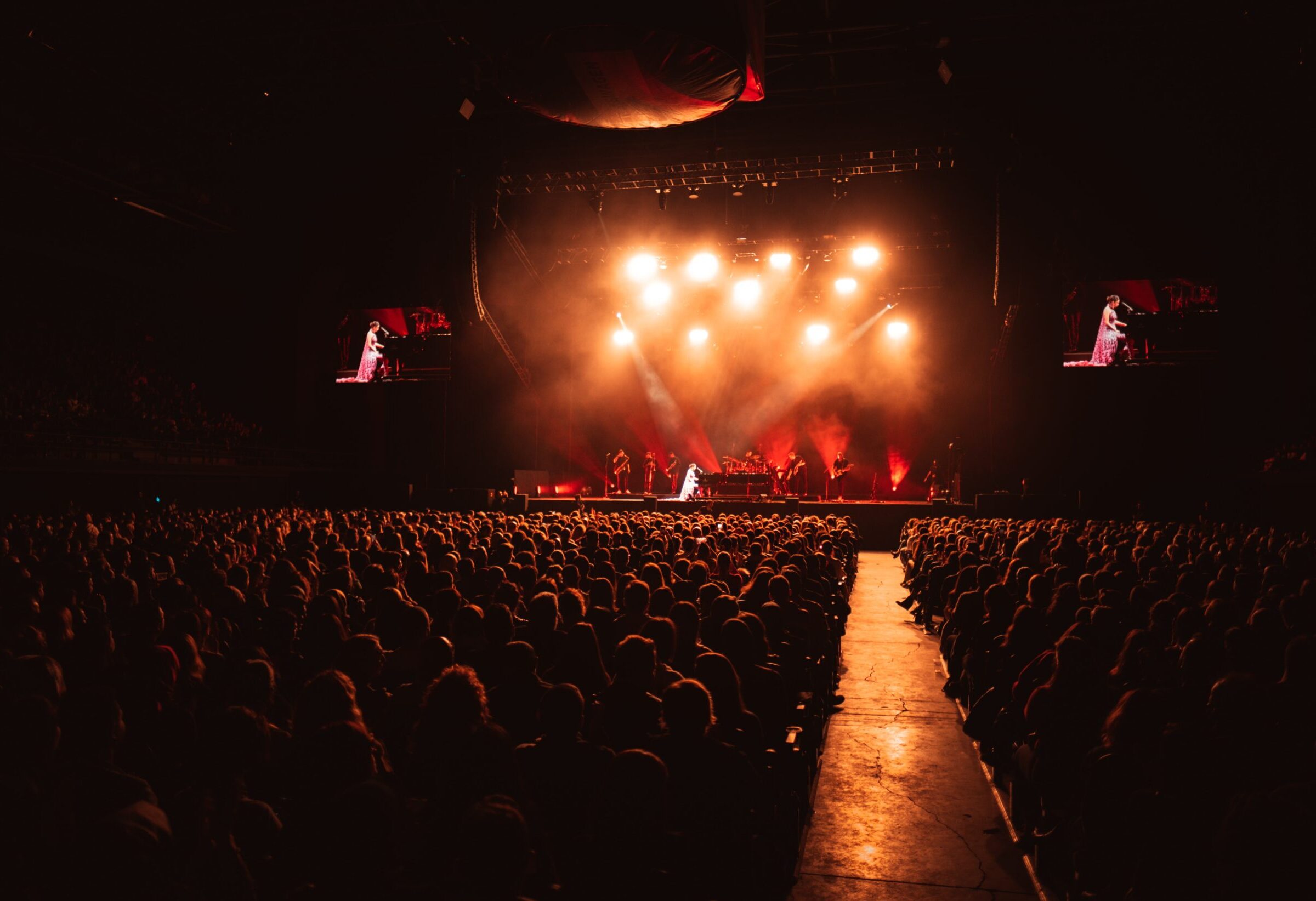
Another challenge is technology issues that can arise during a live stream. Poor internet connection or technical difficulties could interrupt the performance and ruin the experience for both the artist and viewer.
Additionally, virtual concerts lack the atmosphere and energy that come with an in-person concert. The feeling of being surrounded by like-minded people who share your love for music cannot be replicated through a screen.
Piracy remains a significant issue with digital content in general, including virtual concerts. It’s difficult to control unauthorized sharing on social media platforms which leads to loss of revenue for artists as well as lower quality video recordings distributed online without permission.
Despite these challenges however – it seems likely that virtual performances will continue even after COVID-19 restrictions ease up – since they provide an opportunity for fans all around the world who would never have been able attend shows beforehand!
Virtual concerts and live streaming have become an essential alternative to traditional concerts in the post-pandemic world. They offer numerous benefits such as accessibility, convenience, cost-effectiveness, and global reach. Virtual events have also opened up new possibilities for engagement between artists and fans that were not possible before.
However, there are still challenges to overcome such as technical difficulties and the inability to recreate the atmosphere of a live concert fully. There is also a significant need for innovation in terms of creating more immersive experiences for audiences.
Nonetheless, it is clear that virtual concerts and live streaming are here to stay even after the pandemic ends. The future looks bright with advancements in technology that will continue to push boundaries and create exciting opportunities for both musicians and their fans.
Virtual concerts may never replace traditional live music events entirely but they will undoubtedly play an increasingly important role in shaping the industry’s future.
